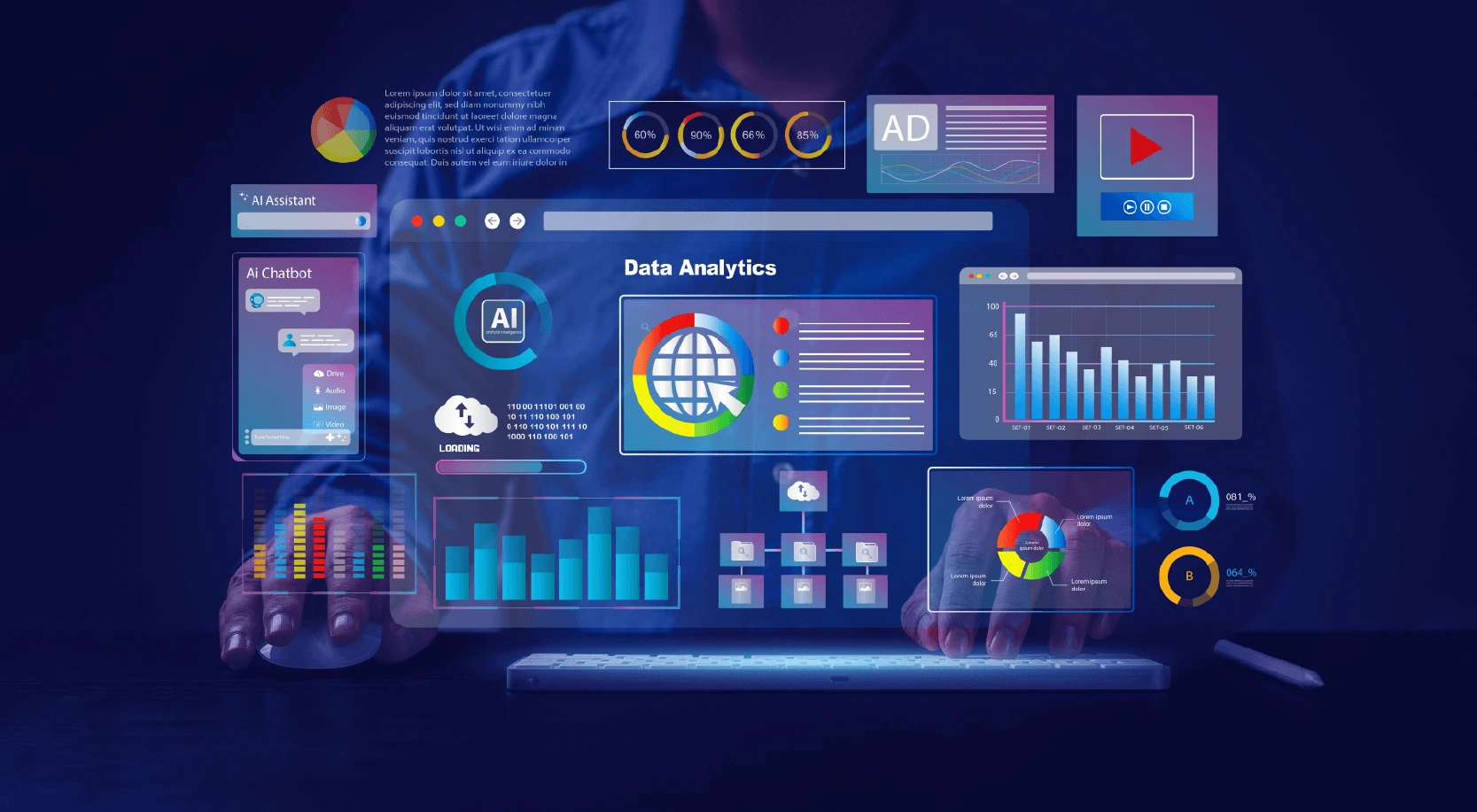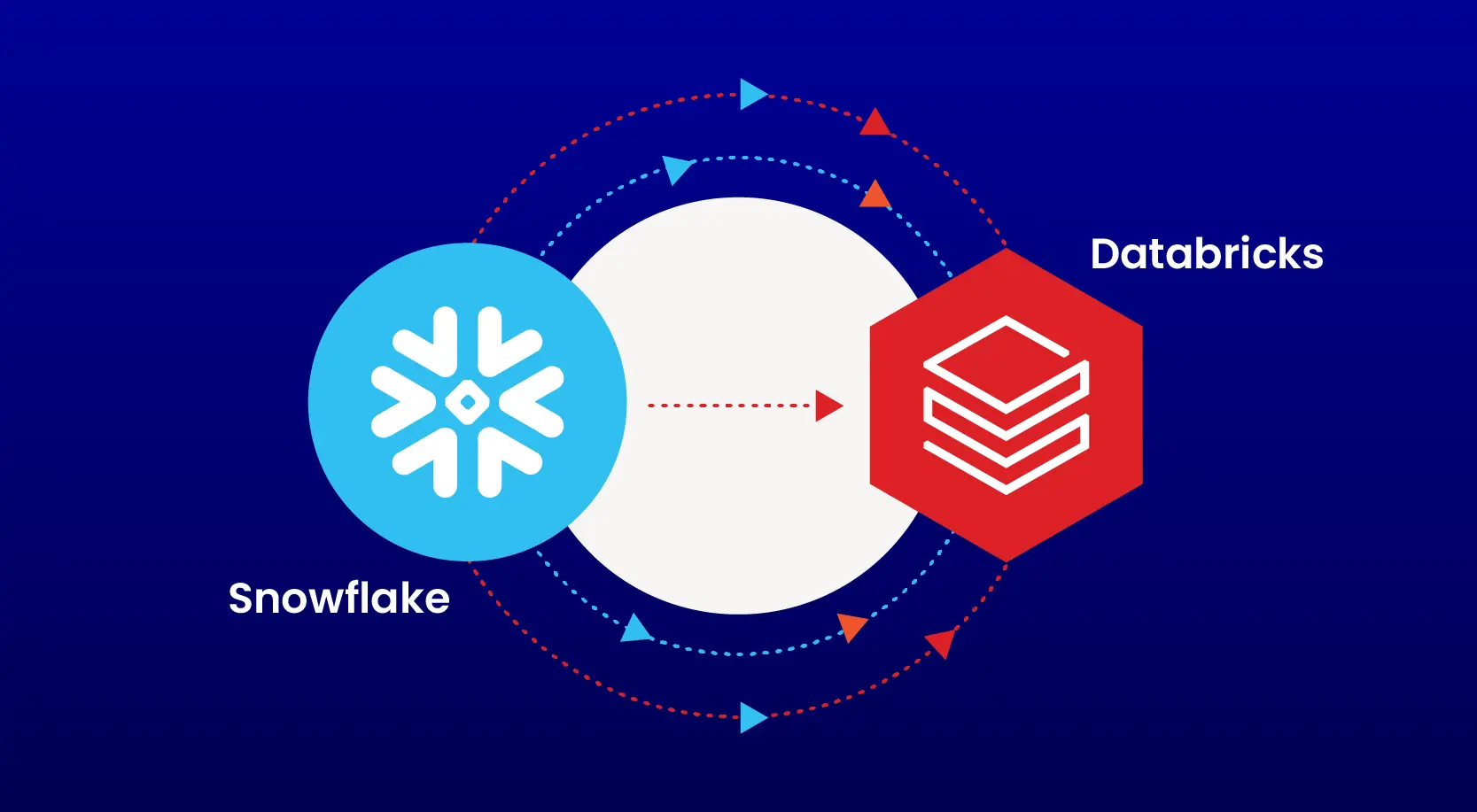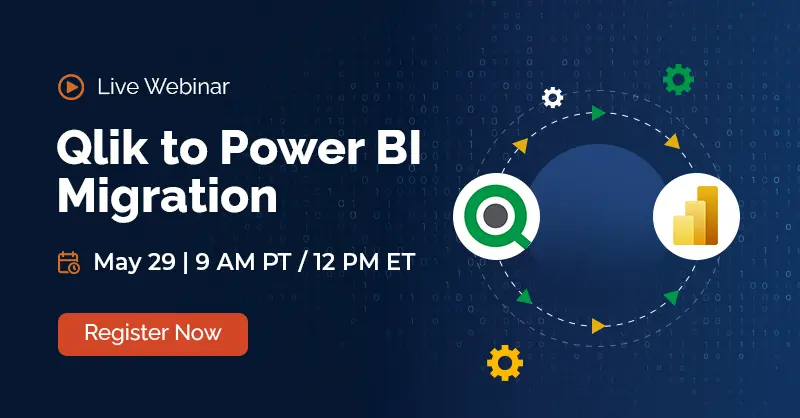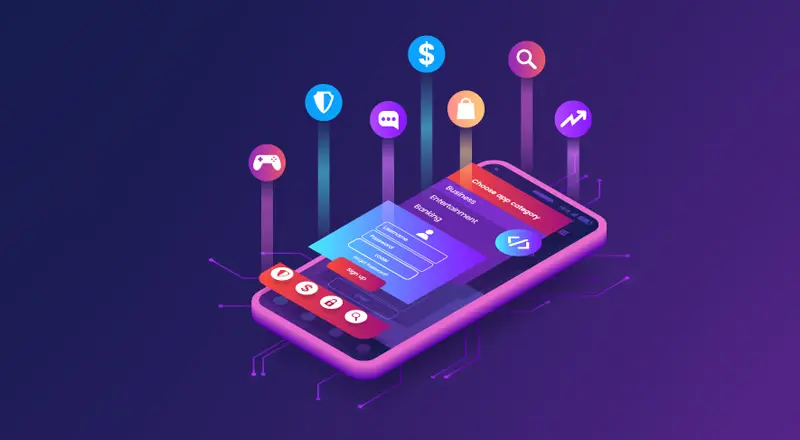
The rapid evolution of technologies across the application infrastructure is compelling enterprises to rethink their business strategy. Businesses worldwide are increasingly turning to application modernization to address the challenges of agility, operational efficiency, and customer experience. The latest market survey reports that the global app modernization market is expected to grow to USD 16.67 Billion by 2022.
The main reason for the growth is that some systems are hard to replace because they carry various information and handle vital business processes within an organization. However, the good news is, replacement is not the only option, and that is where modernization thrives.
So, what exactly does this vast market of Legacy Application Modernization involve?
Application modernization or legacy application modernization techniques involves redefining and aligning existing applications to meet the current business goals. It leverages new and emerging technologies like Cloud, DevOps, Microservices, Containers/ Dockers, Mobile, IoT, Machine Learning, Artificial Intelligence, Serverless computing and Analytics to reinvent business models and scale to accommodate future requirements.
It seeks to maximize the value of legacy investments while developing an agile portfolio of solutions to respond to market demands quickly. This requires a detailed understanding of what is the right technology to meet the current business vision without disrupting existing business.
A typical legacy application modernization roadmap involves business assessment, technology design and planning, and implementation. It provides insight on such critical business issues as:
- Is it better to re-engineer the applications and move them to the cloud?
- What application architectures and technologies are needed to achieve the business objective?
- Does it meet the requirements of budget and timelines?
- Are the applications scalable and maintainable?
At the same time, it is also vital to understand the nature of modernization, whether it is a business-centric or a technology-centric modernization.
Legacy Application Modernization Approach
Implementing modernization is complex and involves not just technology challenges but also overcoming cultural barriers. Some of the roadblocks that organizations face during application modernization are:
- Legacy IT infrastructure and Processes: A majority of organizations operate with technologies that were engineered with a traditional business model in mind. However, turning into a truly digital enterprise demands quick product updates and enhancements, a faster go-to-market, seamless customer experience and faster response time.
- Organizational culture: Once the organization decides to take the digital leap, the next step is to switch tools and automate processes. However, we cannot forget the people side of IT modernization. The organizational mindset needs to shift. Even the best intended and well-designed projects fail if the need for modernization is not well perceived and adapted by corporate leaders, employees, and stakeholders.
- Skill gap: As more and more technologies align with application modernization methodology, the talent behind creating, developing and maintaining legacy technologies is aging out. Thus, it is imperative for organizations to keep up with current trends and not let looming skill shortage impact business growth. Leaders must introduce modern technologies, and rally colleagues to adopt new ways of working.
- Budgetary constraints: Cost management is another critical consideration. IT legacy infrastructure continues to be a primary cause of concern as legacy maintenance consumes nearly 55% of the IT budget.
Rewriting core business applications from scratch to fit the requirements current business models can be costly and time-consuming. Therefore, organizations need to invest in the right tools and platforms as they transition their legacy applications to one that supports the digital environment.
The path to legacy application modernization is paved with microservices, containers, serverless, artificial intelligence and agile development processes.
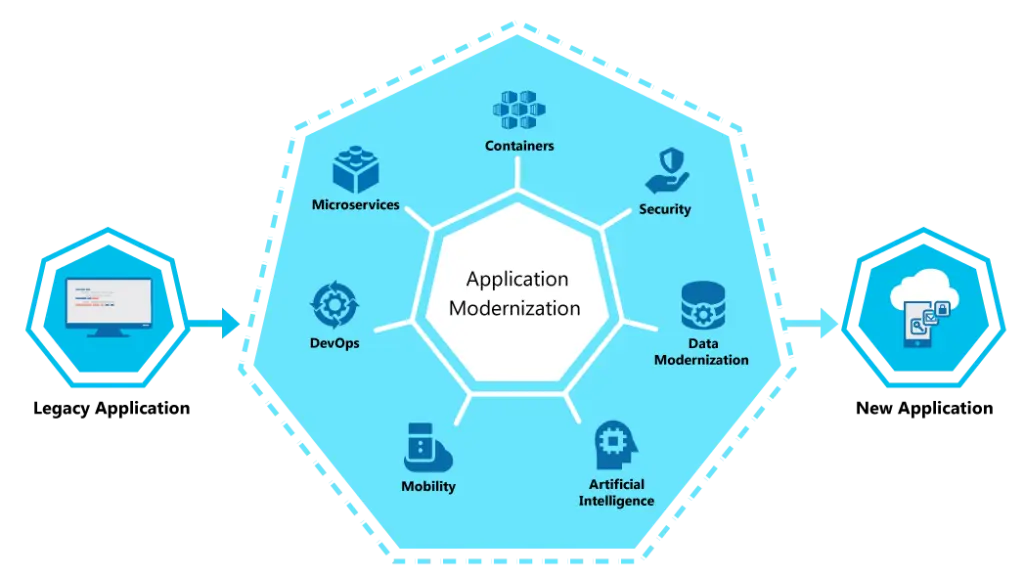
- Containers – Containers are a solution to the problem of how to get a software to run reliably when moved from one computing environment to another. Containers wrap up a piece of software in a complete filesystem that contains everything it needs to run: code, runtime, system tools, system libraries – anything you can install on a server. This guarantees that it will always run the same, regardless of the environment it is running in. Containers offer the ability to leverage automation to maximize portability, provide better-distributed computing capabilities and also remove the dependencies on the underlying infrastructure services.
- Microservices – Microservices is an architecture pattern where complex applications are composed of small, independent processes that communicate with each other using APIs. Microservices provide many benefits like remove single points of failure (SPOFs), can be scaled out independently to provide additional capacity and availability, increase team velocity. DevOps practices, such as Continuous Integration and Continuous Delivery, are used to drive microservice deployments.
- Service Oriented Architecture (SOA): Indirect integration prevents organizations from achieving optimized business processes and can impact business directly. Adopting Service Oriented Architecture as the basis of app integration activities is a viable solution to battle this challenge.
- Security at all layers: It is vital to reduce attack surface through layered security. A set of security protocols and techniques is implemented at each layer of the network to make it difficult for attackers to achieve their goal. Security strategies across the length and breadth of IT network structure establish at which level a security breach occurred, and what actions can be taken to fix it.
Each service layer is repackaged as a container, which is deployed in the Platform as a Service (PaaS) environment running on a public cloud such as Microsoft Azure. Continue to read our blog on how Secure DevOps Kit for Azure provides security for cloud-based apps.
- Consolidation of business logic: Encoding the real-world business rules that determine how data is created, displayed, stored and changed requires combining the business logic. It is crucial in defining the goals a business has set out to achieve and eventually solve problems to ensure a seamless user experience.
- Mobile-enabled: A mobile and web-enabled, the cloud-based application is one of the key drivers of application modernization. The next-gen mobile enterprise enhances customer experience with a mobile-ready infrastructure where data is available in a secure and centralized location and can be easily accessed anytime, anywhere.
- Adherence to programming best practices: All programming best practices must be followed while building the app design. For instance, building a loosely coupled architecture using interfaces and dependency injection frameworks so that any layer could be rewritten without modifying other parts.
- Artificial Intelligence/Machine Learning: Today’s modern technologies like AI, Machine Learning, Natural Language Processing (NLP), Chatbots, Cognitive Services, Intelligent Search are poised to disrupt both how developers build applications and the nature of those applications. AI is making applications smarter by creating next-gen apps that can speak, listen, act, think.
- Data Modernization: Many legacy applications still depend on flat files and hierarchical databases which makes data mining hard or even impossible. These databases cannot meet the growing demands of modern technologies like cloud computing, big data, mobility, social media and AI. Data modernization is the movement of data from legacy mainframe databases to modern databases. Data Modernization is critical for businesses to achieve operational efficiency, enhance customer experience, and gain a competitive edge.
One of the critical elements to be considered during data modernization is data sync, as the data would reside in both old as well as the new modernized application until all the modernization process is complete.
Legacy Application Modernization Services
WinWire Technologies, a leading Microsoft Managed Partner, and Cloud Solution Provider has successfully re-engineered, made legacy applications agile, and designed & developed modern cloud applications leveraging intelligent automation, Microservices, DevOps, Containers, AI, Azure Automation and Serverless Computing. Our application modernization services include application assessment, re-platforming, re-design and architecture, business process automation, and migration services. WinWire understands both the business vision and the complexity of the process involved in application modernization services.
WinWire’s Application Modernization Methodology (WinAMM) ensures low-risk migration for uninterrupted business operations. It seamlessly integrates digital technologies and legacy systems into a single system of intelligence to help customers optimize their modernization initiatives for mission-critical legacy applications. Our methodology also ensures minimal or no impact on the business during the process of modernization.
Recently, we helped a large lifestyle retail company modernize their merchandise management system using microservices. The current legacy Merchandise Management System was not able to handle the huge volume of data thereby resulting in operational inefficiency.
WinWire helped the company to migrate the existing system to a hybrid system that replicated data between cloud and on-premises by leveraging microservices design. The new highly scalable system instantly reacted to changes rather than batch loads which were possible by building a set of well-defined microservices built for specific functionalities. The solution helped the customer eliminate hundreds of point-to-point communications by using event messaging.
Is your business on the path of legacy application modernization?
No matter where your business is on the path to legacy application modernization, WinWire can help your business chart a roadmap based on your goals, priorities and business objectives. Contact us to discuss with our technical experts how to start your application modernization journey and stay ahead of the competition.
